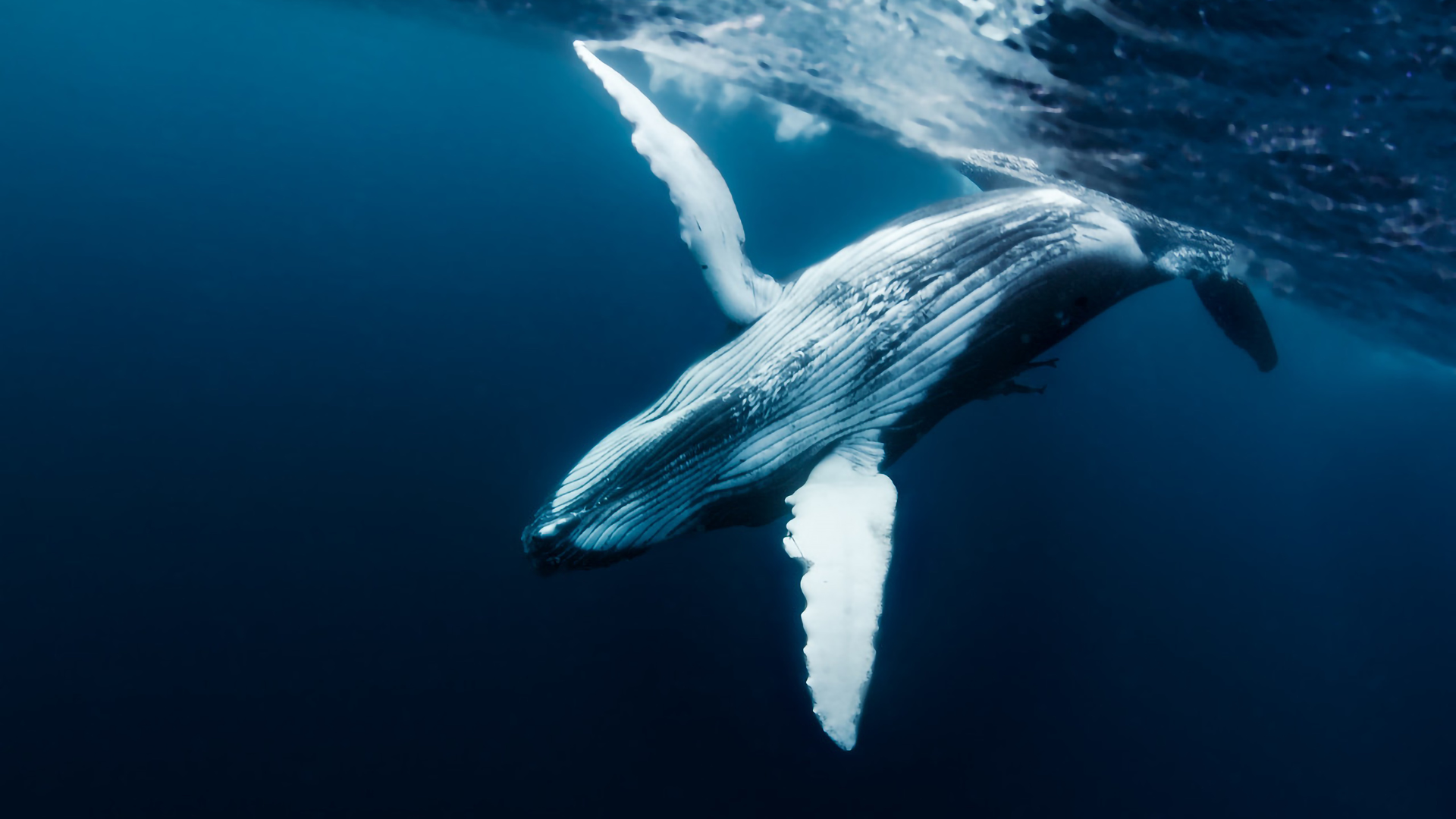Reducing Emissions Not Enough – The Climate Crisis Advisory Group’s 4 Rs for Tackling the Climate Crisis
As the effects of climate change become ever-more present and mitigation actions continue to stall, the Climate Crisis Advisory Group (CCAG), an international group of climate experts, proposes a multi-pronged strategy for addressing the climate crisis, based on four Rs: reduction, removal, repair, and resilience.
“Global average temperatures have breached the 1.5C mark, indicating that climate transition has been unleashed,” says David King, CCAG Chair, in an opinion piece for The Guardian in May. “Extreme climate events have become the new norm, causing massive loss of life and economic damage worldwide.” He says that addressing this crisis is crucial, but will need dramatic action – to include climate-engineering.
Climate engineering (geo-engineering) approaches, which involve intentionally manipulating Earth systems such as through releasing aerosols into the atmosphere or seeding the ocean with iron, are highly controversial. Critics argue that they are dangerous given we do not understand the full range of possible knock-on impacts, with the possibility of unintentionally destabilising Earth systems in new or additional ways.
Proponents, like King, say that they have become a necessity given the scale of the crisis, and that approached with due caution, can prove a pragmatic and effective part of the solution.
The CCAG was formed in 2021 with the purpose of helping bridge the gap between scientific understanding and concrete action on climate change. It is formed of 17 experts from 10 different countries, all leaders in their respective fields. Their 4R Planet Strategy was created to inform governments and all other stakeholders how to address the issues at the heart of the climate crisis.
“Deep and rapid emissions reductions are vitally necessary for a manageable future, but they simply aren’t enough,” says King in the strategy’s foreword. “Humanity needn’t have been in this predicament, but we failed to act early enough, when things would have been so much simpler.”
They advise four key areas of action:
Reduction
Emissions reductions remain vital. The CCAG recommends that developed nations triple their emissions reductions to limit warming as far as possible. Policy efforts, such as the UNFCCC Paris Agreement, have focused on emissions reductions, and as such progress on this front is already well underway – albeit at a much slower pace than is needed.
The CCAG says that deep and rapid emissions reductions remain the most important action for limiting climate change, but that climate interventions are also needed to complement them. These are covered by the other three Rs.
Removal
Creating and rolling out techniques for removing greenhouse gases from the atmosphere at scale. The nature of these techniques can vary dramatically: some involve employing nature-based solutions, such as restoring ecosystems like forests or mangroves, while others involve the development of new industries and technologies to directly capture carbon dioxide and other greenhouse gases.
The CCAG’s Climate Interventions report explores two in particular:
- Marine Biomass Regeneration (MBR): exploring opportunities to regenerate marine biodiversity to its pre-industrial state, which enhances the ocean’s carbon sequestration potential. This could be achieved by depositing nutrients on the ocean’s surface to simulate volcanic dust or ‘whale poo’, stimulating plankton growth and so providing the starting point for the rest of the food chain. However, a lot of further research is needed to understand the full implications of such interventions.
- Direct Air Capture (DAC): extracting carbon dioxide directly from the atmosphere, to be stored deep underground or used in industry. The report notes this approach is very expensive but has potential to provide greener solutions for aviation fuels, for instance. Given DAC technologies are currently too expensive to roll out at scale, this is unlikely to be a near-term solution, but will potentially be essential in the longer term.

Repair
Finding solutions to help repair damaged climate systems and the environment, to restore and enhance natural functions to contribute to both climate mitigation and adaptation.
- Reforestation: there are a range of important interplays between forests and the climate. Reforesting deforested regions can restore local rainfall patterns, boost local cooling, improve soil stability, and directly sequester carbon from the atmosphere.
- Solar Radiation Management (SRM): This emerging field involves partially deflecting the sun’s energy from certain climate-sensitive regions, such as the Arctic Ocean or Great Barrier Reef. Methodologies could include injecting sulphur dioxide into the atmosphere, and marine cloud brightening: two controversial climate engineering techniques.
Resilience
A significant degree of climate change is already baked in. There is the need to help communities, especially the most vulnerable, to have the tools needed to deal with the effects of the climate crisis that they will feel – and in many cases, are already feeling. Important examples include:
- Mangrove conservation and restoration: mangroves provide a wide array of services to coastal communities, including reducing the impact of storm damage, curbing coastal flooding, and mitigating sea level rise. They are also highly efficient at capturing carbon.
- Regenerative farming: a range of farming strategies, drawing on both traditional practices and newer research, could transform agriculture into a carbon-sequestering activity, as well as boosting sustainable livelihoods and biodiversity.

A comprehensive approach
All the actions recommended by the CCAG are dramatic but, they argue, much less dramatic than the repercussions of inaction. Most will involve highly-organised strategic efforts across a range of sectors at the international level. This is especially true for climate engineering efforts, where the risks associated with miscalculations could be very high.
King recognises this, citing two techniques he believes should be frontrunners: “Two immediate projects worth supporting are: covering the Arctic Sea with bright white cloud cover during the three months of the north pole summer; and pumping seawater on top of the thin layer of ice formed over the sea in the polar winter to thicken it,” he says.
“These will cost billions of dollars annually, a small fraction of the costs of lives and damage avoided.”
And though our lives and societies will necessarily face massive changes in the future to implement such actions, King suggests this is not necessarily a cause for gloom. “We often hear that in response to the climate crisis, we need to make sacrifices. But this framing is flawed,” he says in his Guardian piece.
“We must find joy in nurturing what is around us, from nature to the things we own. Fulfilment should come from quality, not quantity, and from nature, not new things.”
About the Author: Jacob Ashton
POPULAR
COMMENTS
- Robert Schreib on Electricity generation prices may increase by as much as 50% if only based on coal and gas
- Robert Schreib on China made a historic commitment to reduce its emissions of greenhouse gases
- Lee Nikki on COP30: Climate Summit 2025 – Intro Climate Action Event
- Hollie Bailey on Leaders doubled down on fossil fuels after promising to reduce climate pollution
- Malcolm R Forster on Mythbusters tests global warming theory – does CO2 warm air?
Peter Ward talks about the whales 47 mins in https://www.youtube.com/watch?v=HouZsUDqmn8
The following talk highlights why the climate engineering outlined in this article appear to have become a requirement.
Climate Scientist: Global Warming will now Accelerate https://climatestate.com/2024/07/01/climate-scientists-discuss-research-on-global-warming/